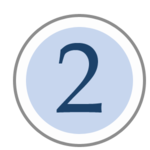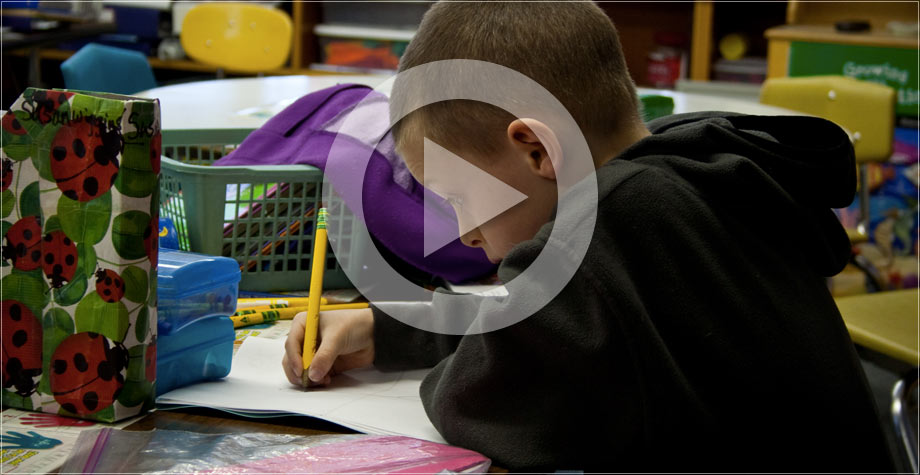| Introduction | SEEL Fundamentals | Teacher Development | Classroom Implementation | ||||

|

|

|

|

|

|

|

|
What is SEEL?
Systematic Engaging Early Literacy (SEEL) is a research-based early literacy approach that effectively develops literacy skills in young children by combining playful activities with various literacy skills.
SEEL is an acronym that is broken down as:
Systematic – Literacy skills are purposefully organized and explicitly taught.
Engaging – Children are motivated to learn by participating in playful, meaningful activities.
Early – Activities and lessons are consistent with developmental characteristics of young children, adapted according to individual needs.
Literacy – Children acquire foundational literacy skills that lead to later reading and writing success.
SEEL teaches the following concepts:
- Phonological awareness
- Phonics
- Concepts about print
- Oral communication
- Comprehension
- Writing/reading
Click here to see the origins of SEEL.
Why is SEEL needed?
What’s Wrong with the Current System?
Federal mandates under the No Child Left Behind Act (NCLB) have required changes to the ways reading is taught to school-age children. The Report of the National Reading Panel (2002) listed components essential for reading proficiency (phonemic awareness, phonics, fluency, vocabulary, and comprehension). In efforts to meet the literacy goals of NCLB and related programs (Early Reading First and Reading First), educators increased the frequency and intensity of teacher-directed activities, focusing particularly on phonological/phonemic awareness and fluency. In elementary schools, the efforts to meet literacy goals of NCLB and Reading First sometimes have resulted in actions like eliminating recess (so there is more time on task) and in preschools and kindergartens, reducing the size of play areas and replacing playful activities with more structured, teacher-directed activities targeting alphabetic knowledge and phonological awareness (Golinkoff, Hirsh-Basek, & Singer, 2006).
Despite the emphasis placed on skill development in response to NCLB, a study reviewing the effects of Reading First, "Reading First Impact Study: Interim Report", indicated that the program did not increase the percentages of students in grades one, two or three whose reading comprehension scores were at or above grade level.” Although phonological awareness/phonemic awareness skills are important for emergent literacy, they are insufficient by themselves for ensuring the development of text comprehension, which is the ultimate goal of literacy.
Why is play important to learning?
Pretend play has been linked to the use of language functions used in literacy. When children use higher levels of play in literacy, they develop the ability to comprehend and use language without the assistance of contextual support from the environment. Children also use language for a wider variety of functions (reporting, predicting, reasoning, and projecting into the thoughts and feelings of others). Pretend play, thus, provides a mechanism for developing and practicing the cognitive and linguistic skills that underlie text comprehension.
Closing the gap
Despite the potential value of play in early childhood education, the current emphasis on early literacy skills has put the educational and therapeutic use of play under siege. A number of early childhood specialists, however, are calling for the return of play in the curriculum. For example, the national Zero to Three organization published a book entitled, Children’s Play: The Roots of Reading (Zigler, Singer, & Bishop-Josef, 2004) and in 2005, Singer, Golinkoff, and Hirsh-Pasek hosted a conference called, Play = Learning, at Yale University. In both of these efforts, the intent was to make the point that play is essential to children’s growth and healthy development of social and academic skills.
SEEL as a solution
SEEL addresses both components essential for reading – phonological awareness skills and broad-based language skills that underlie comprehension. Furthermore, it uses a playful practice dynamic systems approach in teaching both components of reading.
In practice, children do not learn one aspect of language at a time – the components of language are interactive and children are acquiring all components simultaneously. Nelson and colleagues (2004) propose that it is possible to dramatically accelerate a child’s language/literacy learning when one considers a convergence of conditions that promote learning. This means using multiple teaching techniques to introduce subject material in multiple environments. SEEL employs this type of framework to promote the cognitive/language skills essential for emergent literacy.
In short, SEEL is a solution because SEEL effectively teaches the skills curriculum while incorporating meaningfulness in a playful way that results in the growth in students’ reading comprehension.
What sets SEEL apart?
Many teachers hear about different literacy approaches but can’t help but asking, “What makes this literacy approach any different from the other approaches?” We’ve created a list to answer that very question:
1. Every day teachers are required to be creative and innovative in meeting the unique needs of every student. SEEL builds on the strengths, experience, creativity and interests of teachers to engage students.
2. SEEL is an evidence-based combination of playful activity and systematic instruction that makes time fly and makes learning irresistible. SEEL instruction is developmentally and appropriately designed to meet every special need.
3. SEEL embeds meaningful instruction into regular classroom contexts. To achieve objectives, teachers are taught how to arrange frequent reasons to use literacy targets as they interact with children. Activities that provide frequent and meaningful opportunities to notice or use target patterns are embedded into a full array of classroom contexts.
4. Teachers in preschool and kindergarten settings are the focus of SEEL. When children acquire both facility and confidence in their earliest school experiences, the effects of failing and falling behind are significantly reduced. The likelihood of success in first grade and beyond is substantially increased for students who enter the later grade levels demonstrating automaticity with the SEEL literacy curriculum.
Why does SEEL work?
The SEEL curriculum brings out the strengths of the teacher and the children through activities that are creative, interactive, lively, social—and just plain fun! Children learn as they talk, create, and play. SEEL emphasizes clear expectations for student performance (explicit instruction), incorporates engaging activities, and provides frequent opportunities to practice literacy concepts and skills. Research has shown that engaging activities combined with explicit instruction increase students’ learning motivation and memory retention (Culatta & Hall, 2006; Culatta, Reese, & Setzer, 2006).
A number of reasons are behind their success.
- SEEL is based on research showing that “incorporating playfulness along with meaning increases the engagement and memory retention of children”. (Justice & Kaderavek, 2004)
- Interactive conversations make reading practice natural and meaningful. Teachers do not present or perform – they participate and play.
- Social conversations and activities naturally occur in many classroom settings, including those not traditionally used for learning (e.g., transitions and snack time). SEEL focuses conversations to enable practice of new skills without sacrificing the casual friendliness and humor that should be part of this interaction.
- When teachers tell students what they are learning and why, then remind them several times during the activity, children benefit, particularly if they are struggling with early literacy skills. (Ehri et al., 2001; Elbro & Peterson, 2004)
- The SEEL curriculum follows the natural progression of child development. (Culatta, Aslett, Fife, & Setzer, 2004; Ukrainetz, Cooney, Dyer, Kysar, & Harris, 2000)
| INTRODUCTION | SEEL FUNDAMENTALS | TEACHER DEVELOPMENT | CLASSROOM IMPLEMENTATION |
|---|---|---|---|
| What is SEEL? | Learning SEEL Principles | Engaging Young Children | Parent Involvement |
| Why is SEEL needed? | Choosing a SEEL Activity Plan | Integrating the Arts | A Year with SEEL |
| What sets SEEL apart? | Teaching a SEEL Activity Plan | Create Your Own |
